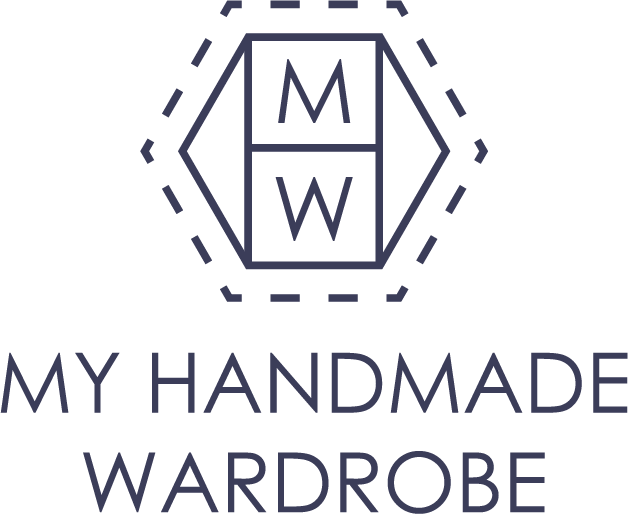How to…Choose the right needles for your fabric
To create the best finish, choosing the correct sewing machine needle for your project is so important. We’ll help you choose the best one for your project.
Most common needles for garment sewing:
Universal – these are the most commonly used needles and, as the name suggests, can be used on a variety of fabrics. But don’t forget, just because they can be used of different fabrics doesn’t mean they’re the right choice for all.
Ball Point/Jersey/Stretch – these have a rounded tip which means the needle point wiggles in between the fibres rather than cutting through. This is ideal for sewing knit fabrics like cotton lycra, French terry, ribbing etc because the needle doesn’t create a cut holes therefore it is less likely the the fabric will get holes or ladders after washing and wearing.
Ball Point and Stretch needles are very similar but if you are working with fabrics like power net and more synthetic stretch fabrics then a Stretch needle is a better choice as the needle eye is higher up than usual which helps with skipped stitches when working with stretchy and slippy fabrics. Stretch needles can also be very successful used with stretch woven fabrics like stretch twill.
Denim/Jeans – these are perfect for any heavier, more densely woven fabrics like denim, tweed, twill and canvas. They are strong and sharp so they can easily push though heavier fabric without bending or breaking.
Topstitching - these have a slightly larger eye which is positioned slightly higher up to allow thicker thread to pass through more easily.
Sharp/Microtex – these are slim, strong needles with a sharp point. They work best on projects with several layers as the strength of the needle means it can get through layers without bending or breaking plus the sharp point helps to achieve this by breaking through the surface more easily. The combination of slim and sharp also makes them ideal for finer fabrics or more densely woven fabrics as the needle creates a much small “hole” when forming each stitch.
Twin – These are two needles mounted on one post. The are great for hemming to create a professional finish to imitate the commercial finish of a overstitch machine used on most knitted ready to wear garments. Not all sewing machines are compatible with twin needles so make sure you check your instruction manual before buying any. Use them for hemming/top stitching. They create two parallel rows of straight stitches. They are available with a few different width spacings.
Needle Numbers
As well as thinking about which type of needle you need to use, it’s also important to look at the needle size too.
Fortunately, sewing machine needles have a relatively universal numbering system. The numbers tell you the size of the needle and are written in two parts e.g. ?? / ??.
Both numbers actually give you the same information; one shows the European number (most commonly between 60 and 100, increasing in 10s) and the other shows the American number (most commonly between 8 and 16, increasing in 2s). Depending on where you purchase the needles may mean that the order of those two numbers vary but they give you the same information so it shouldn’t matter.
The numbering sizing is usually stamped onto the shank of the needle and will also be on the packaging. The bigger the number, the heavier/thicker the fabric with which it is intended to be used.
Generally speaking the following numbers would be suitable for these weights/types of fabric:
100/16 – heavy denim, canvas, heavy twill etc
90/14 – linen, thicker knits, corduroy etc
80/12 – quilting cotton, shirting, rayon, cotton lycra etc
70/10 – cotton lawn, voile, silk etc
60/8 – very light weight fabrics, delicate silks, organza etc
The right needle for the right fabric
Now that we’ve talked about needle types and needle sizes, here’s a quick run down of which fabrics which can be used for making My Handmade Wardrobe patterns would typically work best for which needles. Armed with the information above you should be able to pick the best needle for your project with confidence.
Chiffon, viscose poplin or lawn - Microtex 60/8
Satin, georgette - Microtex 70/10 - 80/12
Cotton poplin, cotton lawn - Universal 70/10 - 80/12
Craft cotton, lightweight twill - Universal 90/14
Single jersey, ponti roma - Jersey 80/12
Sweat fabric, mid to heavyweight true knit, French terry - Jersey 90/14
Sports Lycra, scuba - Stretch 70/10 - 80/12
Corduroy, twill/drill - Universal 90/14 - 100/16 or Denim 90/14 - 100/16
Denim or twill Topstitching - Topstitching 90/14 - 100/16
Stitches still miss-behaving?
Find out how to know when it’s time to change your needles…



